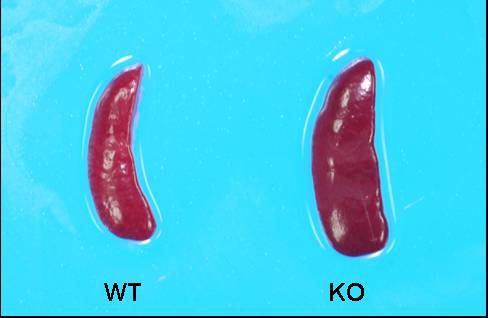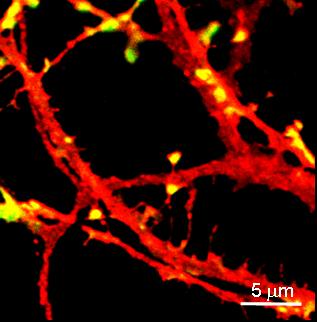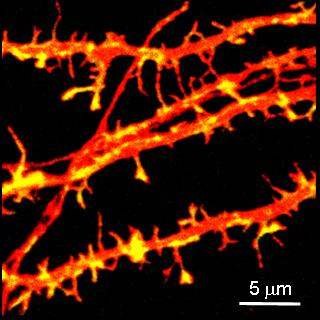Research
Research in our laboratory
Cells exert a variety of biological activities in response to various extra-cellular signals. These responses are mediated by both intra- and inter-cellular signal transduction systems, which achieve an extremely well organized network. In contrast, it is evident that abnormalities of this network system could lead to various human disorders. Therefore, it is quite crucial to understand the whole picture of intra- and inter-cellular signal transduction pathways in terms of not only biological significance but also medical aspects. Our laboratory focuses on signal transduction systems that use protein tyrosine phosphorylation as a signal transducer. We discovered a novel protein tyrosine phosphatases, SHP-2, and have been studying its physiological functions. In our research process, we have discovered a novel receptor-type transmembrane protein, SHPS-1 (SHP Substrate-1), as a molecule, which associates with SHP-2. SHPS-1 and SHP-2 constitute a novel signaling pathway, which is involved in both growth factor- and cell adhesion-mediated cellular responses. The extracellular region of SHPS-1 specifically binds to that of another membrane protein, CD47. By this interaction, SHPS-1 and CD47 appear to constitute a novel intercellular communication system, the CD47-SHPS-1 system (Fig. 1).
Fig.1 CD47-SHPS-1 Sytem

We are investigating the physiological functions of the CD47-SHPS-1 system in cell migration, morphology, and polarity,
or in immune (Fig. 2, 3) and neuronal systems (Fig. 4) by use of SHPS-1- and CD47-gene knockout mice.
Fig.2 Regulation of Phagocytosis by CD47-SHPS-1 System
 |
 |
Fig.3 Splenomegaly in SHPS-1 KO Mice
 |
 |
Fig.4 Regulation by CD47-SHPS-1 System of Dendrite Formation
 |
 |
 |
| On human IgG | On SHPS-1-Fc | |
| Transfection:CD47(Red) + GFP-actin(Green) | ||

